
My Studio Art Class Draws to a Close
This term, I decided to take SART 015 (Studio Art 15, also known as Drawing 1) to finally delve into Dartmouth's visual art department. I plan on taking many more studio art courses to finish a minor in conjunction with my engineering major, so the class is the first of many to come. I previously covered the first half of the course in this blog post (which you can find here).
In high school, I was more involved in the visual arts, and after not touching them for over a year, I realized I was truly missing something and wanted to immerse myself once more—hence I took this course and settled on a combination of engineering and art (my major interest progression).
The class essentially aimed to cover the fundamentals of drawing, including accuracy, proportion, light, shadow, and rendering styles. Coming into the class with prior experience, I wasn't sure where we would start, how fast the pace was going to be, and how I wanted to progres, but I ended up being able to receive the individualized feedback I needed to improve. The progress I sought came down to the amount of time I put into the class and the resulting feedback that would allow me to make that time more well spent; with each homework drawing assignment, I was able to consistently work on multiple areas of technique.
Now I'd like to show some of my works from across the term and provide insight into the types of assignments I had to finish!
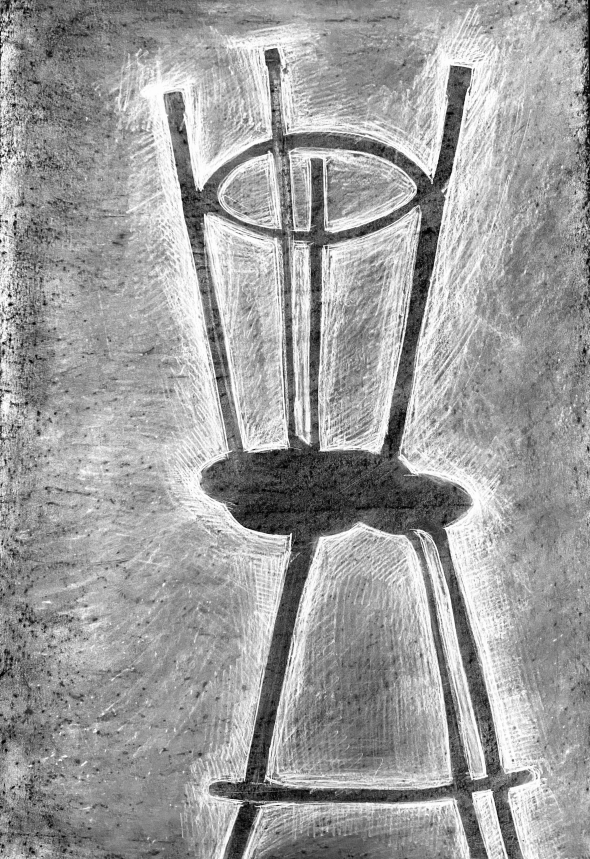
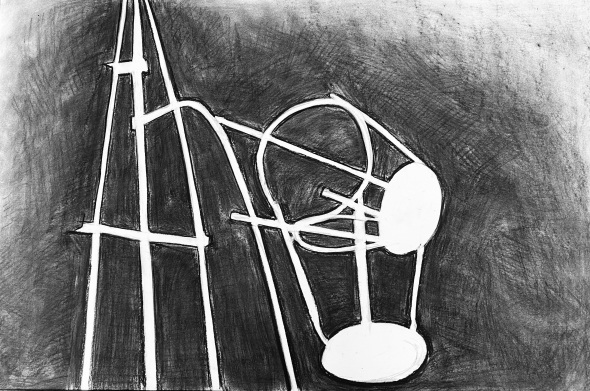
These "Negative drawings" were completed with the intent of capturing the space that surrounds the objects and not the shape of the objects themselves. In illustration, we often pay attention to the individual forms that make up an object, but we don't think about the shapes of space that surround it. My being forced to draw the space between the objects, I refined my ability to discern the spatial relationships between objects.

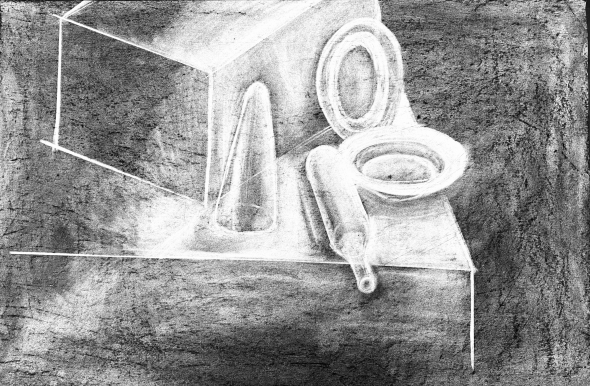
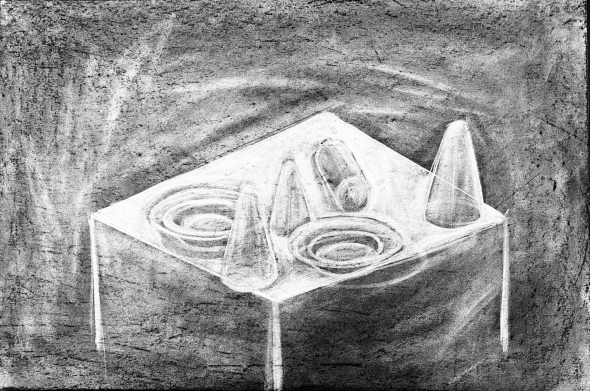
These were a series of eraser drawings made on paper saturated with charcoal. Instead of adding value to create each drawing, I had to remove it. It was a bit messier than I was used to but an effective exercise that challenged my ability to observe the reference. This improved my ability to gauge the shapes of light on physical forms. Instead of allocating attention to shadow, I had to focus on light.
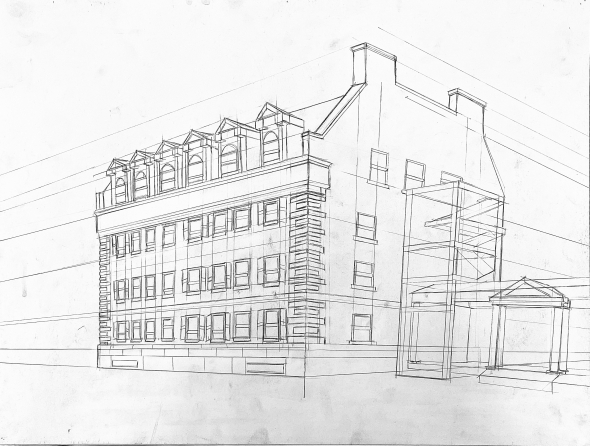
This drawing (along with the cover image), was to develop my ability to use perspective. While the isometric perspective in an object (say a cube) can be fairly easy to represent visually, it becomes more difficult in a landscape with surfaces and objects that are farther away. The solution is to use "vanishing points" to which all lines in a building or object converge to. It's a simple yet effective trick that holds true in reality. All vanishing points can be found on the horizon except for in extreme cases (skyscrapers and canyons, etc). In the drawing of North Mass. Hall, the vanishing points are off the page (hence the lines that end on the sides of the page).
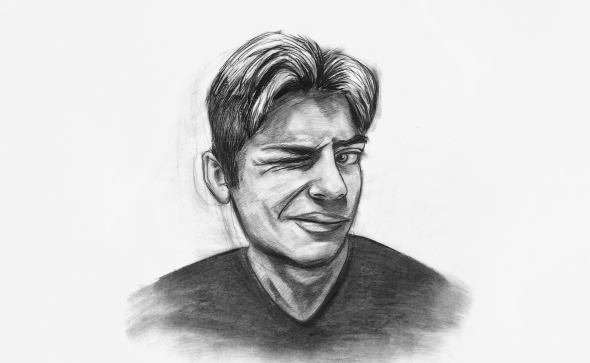
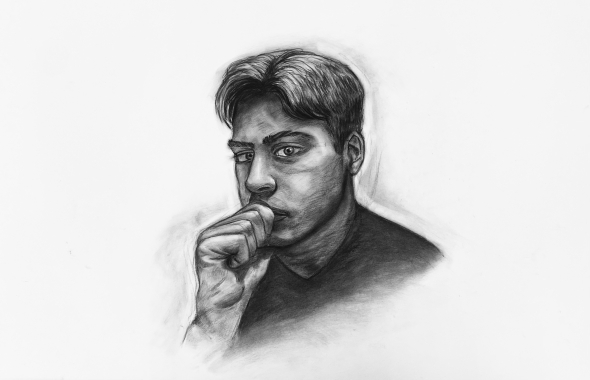
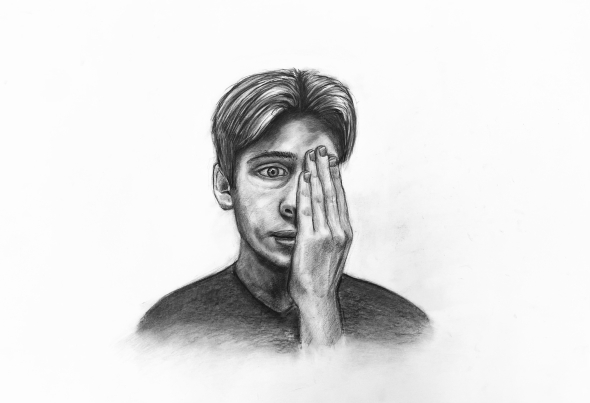
For my final project, I decided to complete a self portrait series in which I would show an array of expressions and compositions. These are a few of the drawings, which were time-intensive and technically quite challenging—but I found that my control of the charcoal improved over time. I began to have a better understanding of the structure of the face and how to develop harmonious relationships between each feature.
On the very last day of the class, we had a final critique session where we each talked about potential points of improvement. It was incredible to see everyone's work and I was pleased with the final outcome of the class.
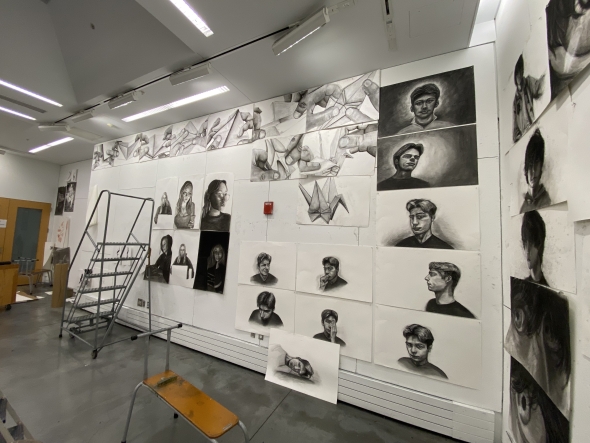
On to more studio art—next up, sculpture!
















